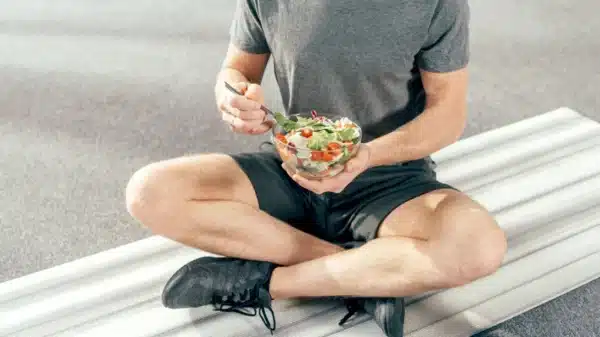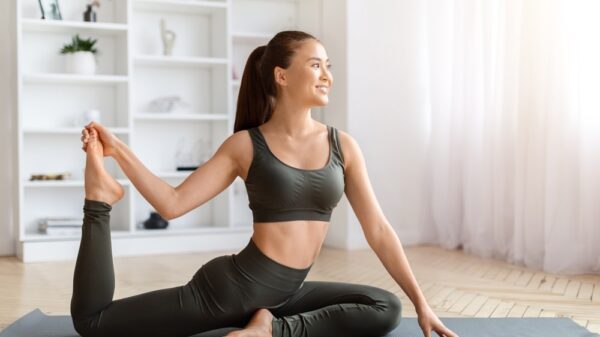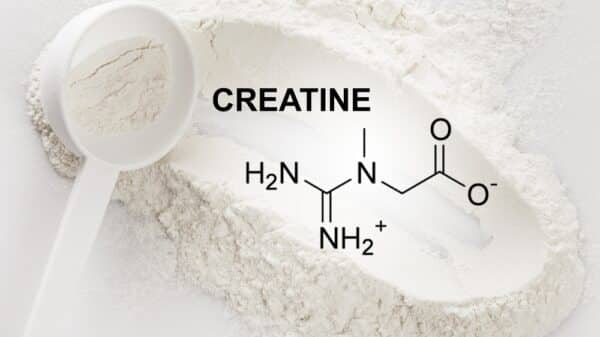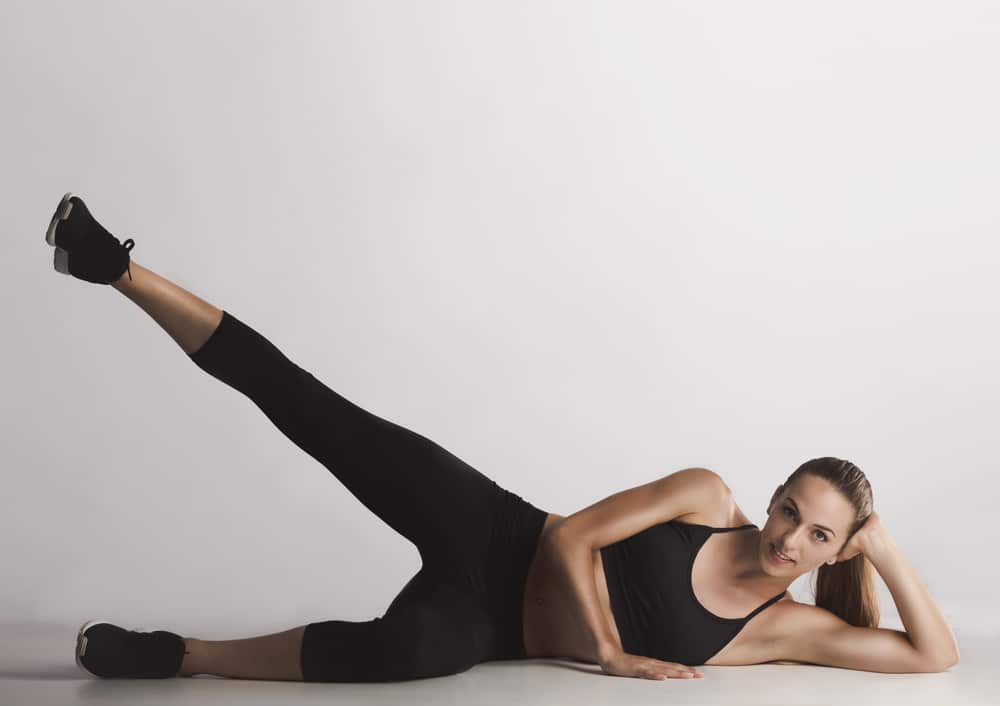While the trend of skinny jeans continues to put pressure on perceptions of ideal body types, it’s vital to remember that striving for unrealistic goals can lead to unhealthy behaviors. The desire for a ‘thigh gap’—the space between the inner thighs when standing with knees together—has influenced some to resort to dangerous measures in pursuit of this look.
Although having smaller thighs might make some activities more comfortable and boost confidence in form-fitting attire, it’s crucial to emphasize that a thigh gap is often determined by genetics rather than solely physical efforts.
Fortunately, focusing on reducing body fat through exercise can enhance overall fitness and tone your thighs. Engaging in the right inner thigh exercises can lead to healthier, toned legs. Here’s how to start a rewarding workout routine.
Understanding Inner Thigh Muscles
Your thighs consist of various muscle groups that coordinate with your hips and lower legs for movement. If any part of your thigh is weak, it can affect how you move as a whole.
The thigh is mainly composed of four muscle groups:
- Quadriceps: Four muscles at the front of your thighs.
- Hamstrings: Three muscles located at the back of the thighs.
- Adductors: Two primary muscles that make up the inner thighs.
- Abductors: Two muscles situated on the outer thighs.
Focusing on all these groups is essential for a balanced workout. Aim for three to four days of inner thigh exercises per week, ensuring you allow for muscle recovery by resting between sessions.
The Reality of the Thigh Gap
The notion of the thigh gap is often associated with being slim, but it’s essential to recognize that not everyone can achieve this due to genetic variations. Factors such as hip width and pelvic bone angle play a significant role in determining whether or not someone can have a thigh gap.
While some individuals may seek drastic measures like extreme diets or surgery, the healthiest approach focuses on maintaining a consistent workout routine and eating balanced meals. Concentrating on functional fitness—such as inner thigh workouts—could yield satisfying results in your overall health and physique.
Effective Inner Thigh Workout
For optimal results, dedicate 20 to 30 minutes to cardio five to six times each week, coupled with a structured inner thigh workout. Consider doing the following circuit for one minute per exercise, completing three to four rounds with brief rests in between to maximize efficiency.
1. Leg Lifts with Stability Ball
Lie on your side, positioning a stability ball between your legs. Lift and lower your top leg while keeping the ball still. This exercise targets the inner and outer thigh muscles.
Incorporating varied workouts, including leg and glute exercises, can enhance results and keep your routine engaging. Always prioritize health and well-being over societal trends. Focus on what feels good for your body, and you’ll achieve balanced fitness outcomes. Lifting your fitness routine involves effective exercises targeting specific areas, including the inner thighs. Let’s dive into some dynamic moves that can help shape and tone those muscles.
2. Hip Lift with Exercise Ball
Start by lying on your side, supporting your head with your hand or bending your elbow for comfort.
Position a large exercise ball between your feet and gently lift it towards the ceiling using your hips and glutes.
Make sure not to let your feet touch the floor during this movement.
After one minute, switch sides.
3. Sumo Squat
Stand with your feet wider than shoulder-width and toes angled slightly outward.
You can use weights or simply keep your hands at chin level for balance.
Keep your chest up and core engaged as you bend your knees.
Sit back as if lowering into a chair, ensuring your weight stays on your heels.
Aim to squat until your thighs are parallel to the ground, but only go as low as feels comfortable.
Consistency and practice will help you progress to deeper squats over time.
4. Hamstring Curls on Stability Ball
Lay on your back on a mat with arms at your sides.
Rest your heels on top of an exercise ball.
Lift your hips as high as possible, creating a straight line from your shoulders to your knees.
While maintaining this position, curl the ball towards your butt and return to the starting point, keeping your hips elevated throughout.
5. Lateral Lunges
Stand with your feet shoulder-width apart, holding weights by your sides if you choose.
Step wide to your right, lowering into a lunge while keeping your torso upright.
Aim to touch the floor with your weights if comfortable.
Push back to standing and repeat on the left side.
Keep alternating sides for a flowing movement.
6. Side-to-Side Walk with Resistance Band
Place an elastic resistance band around your ankles.
If using a resistance tube, step on it with both feet, holding the handles in front of you.
Start walking to the right with wide steps, then return left, repeating this sequence multiple times.
Additional Tips for Toning Inner Thighs
To achieve a well-defined thigh area, approach your goals holistically.
1. Nutrition Matters
Diet plays a crucial role in muscle definition. Focus on a balanced intake of healthy carbohydrates, lean proteins, and beneficial fats.
Studies suggest that reducing total fat intake while maintaining healthy fats can promote fat loss, revealing toned muscles underneath.
2. Muscle Toning Exercises
Incorporate exercises that effectively target your thighs, combining both inner and outer movements.
High-repetition exercises with resistance can enhance muscle strength and tone.
3. Stay Active Regularly
Consistent activity is vital for maintaining lean muscle. Activities like brisk walking, skiing, cycling, and various forms of dance are excellent for engaging thigh muscles.
Keep in mind that workouts like HIIT or barre classes can significantly aid in fat loss while toning the body.
Be Mindful and Stay Safe
Feeling occasional soreness after new workouts is normal. Consider easing muscle tension with an Epsom salt bath, and pace yourself as you adapt to your fitness routine. Always consult a healthcare professional if you’re on medication or unsure about an exercise regimen.
Final Thoughts
The idea of having a “thigh gap” is not a universal ideal and can lead to unhealthy pursuits. Instead, prioritize exercises that effectively strengthen and tone your thighs, and complement them with a balanced, nutrient-rich diet.
Keep these insights in mind as you embark on your journey:
- Incorporate effective inner thigh exercises for optimal results.
- Focus on nutrition, muscle engagement, and regular activity to support your goals.
Embrace this balanced approach, and you’ll set yourself up for stronger, healthier thighs.
































